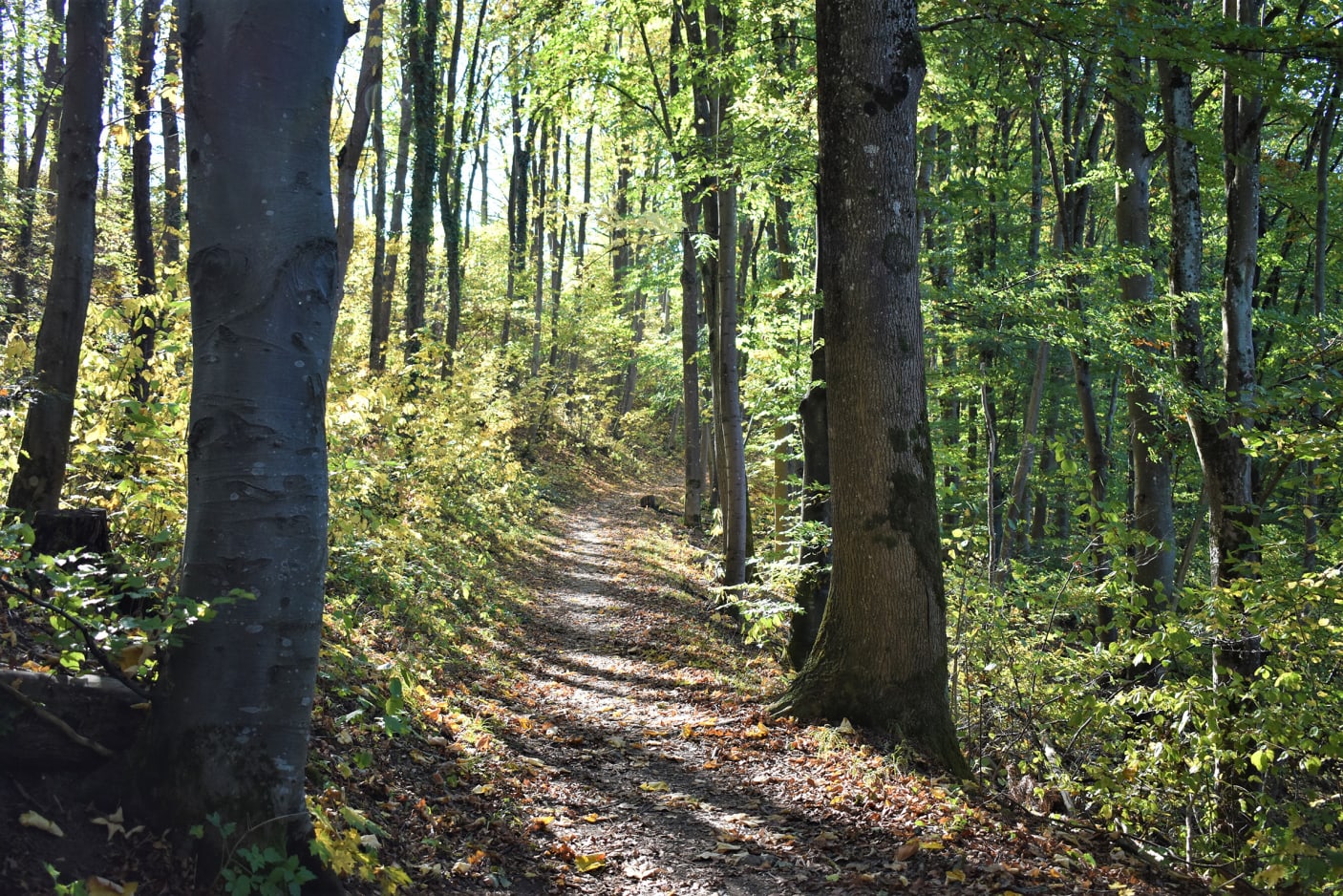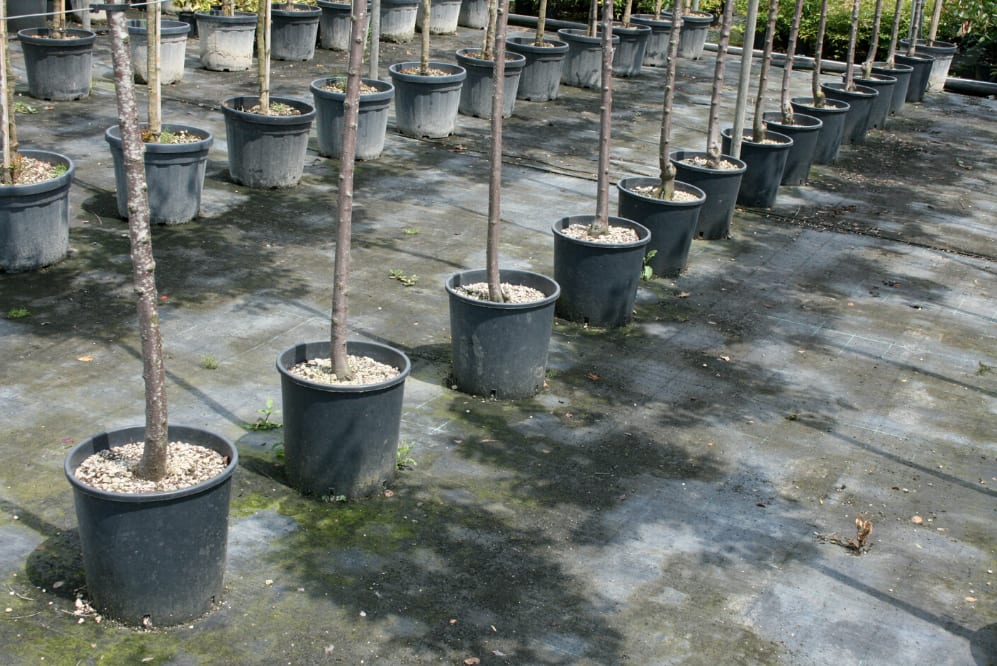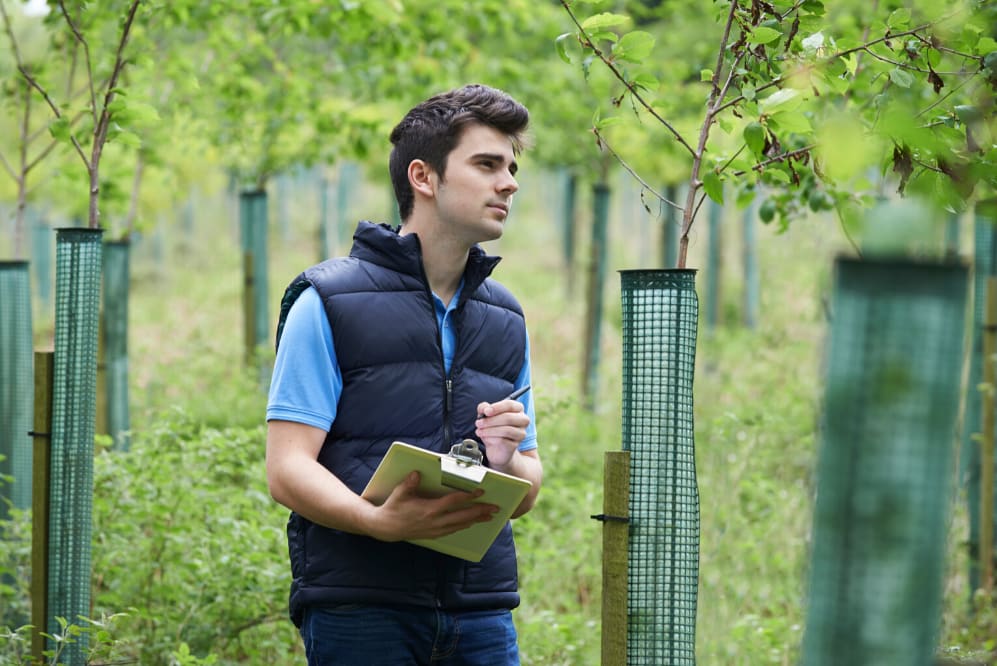Reforestation: what to keep in mind?
Translated by Emma FinneySince 2020, climate subscribers have been offsetting their carbon footprint with ForTomorrow. The first trees were planted during the planting seasons in October and November 2020, and have already started removing CO2 from the air. Since the start we have received many questions from interested people in our community.
In this article we wanted to address some of these questions and have summarized the most common ones below.
What should you pay attention to with reforestation in Germany?

What to look out for depends on the location and goals of the reforestation. Our goal is to plant long-lived, climate-resilient forests. It is important to make the right selection of young trees in terms of their origin, suitability for the site and value for ecological diversity and biodiversity. We plant mixed forests, not monocultures, so that they can better withstand the effects of climate change.
When selecting the location we pay attention to choosing areas that are approved by well-known forest certification systems like FSC (Forest Stewardship Council), Naturland or PEFC (Endorsement of Forest Certification) and that the areas are publicly accessible. Additionally, we have experts accompany us every time we plant trees.
Why are the forests planted in Germany and not in developing countries?

As a non-profit company, ForTomorrow would like to guarantee that the forest will last for a long time, because then the carbon will remain bound in the wood and will not be released back into the air. The Federal Forest Act has been in place in Germany since 1975. Forests are subject to strict controls and are protected by the state. Because of this, illegal deforestation is prevented and forest areas must be restored after fires, storm damage or drought. That means that when ForTomorrow plants a new forest on state land and parts of it disappear, the state is obligated to restore them.
How do you measure the climate impact of a tree and its CO2 absorption?
The young trees must be planted very close together for the perfect forest environment, at around 4000 trees per hectare. After 100 years only about 500 trees will remain. We’ve included the fact that part of the trees will die or be removed to make room for the strongest trees in our calculations. In the process some of the previously absorbed carbon will be released into the air, and some will stay stored in the ground. We have taken all these factors into account.
The concrete calculations are based on the National Forest Inventory from the Thünen Institute, which is in turn based on the Kyoto Protocol. To capture a ton of CO2 for at least 80 years, we have to plant five trees.
What adaptations must be made because of climate change for a healthy forest?
We also decided on reforestation in Germany because of climate change. The Federal Forest Act ensures that the forest area will remain in place for a long time. Because of climate change, forests are increasingly exposed to extreme weather conditions, such as drought, heat and storms as well as pest infestations. For example, bark beetle infestations have been increasing. To make the new forest more resilient, we pay particular attention to the diversity of tree species when planting.
How are the newly reforested areas cared for and protected?

For the first five years after it is planted the forest owner will take care of the protection and care of the reforested region. After five years the reforested area is protected thanks to legal regulations for forest and nature conservation. The trees are protected from animal grazing and competition from other wild plants. The care is carried out in a soil-friendly manner without using any pesticides or fertilizers.